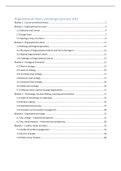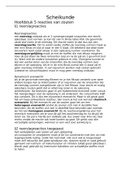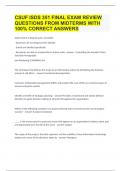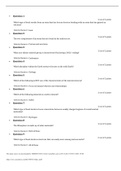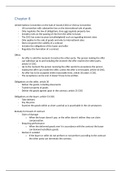Samenvatting
Samenvatting Organizational Theory, Design, and Change, ISBN: 9788131754160 Organization Theory & Design for Pre-MSc (EBS003A05)
- Instelling
- Rijksuniversiteit Groningen (RuG)
Summary of organizational theory and design summary course given in 2021. The summary is based on the key topics given in lectures supported and enriched by the book. The summary contains 7 modules that are based on the given lectures in that year.
[Meer zien]
